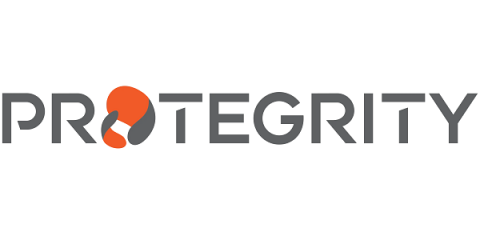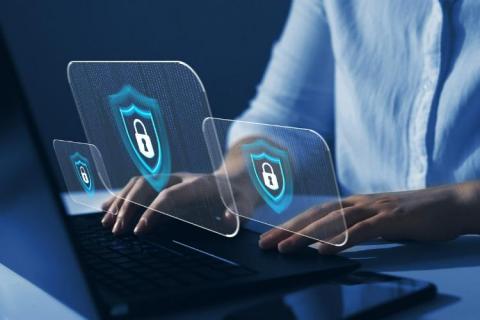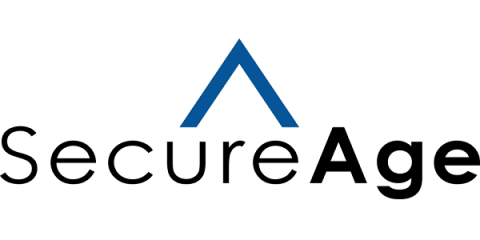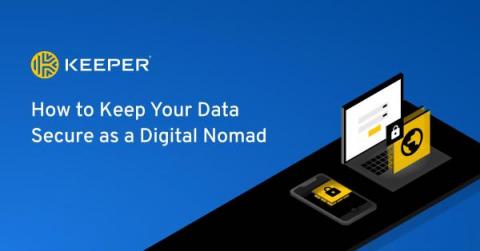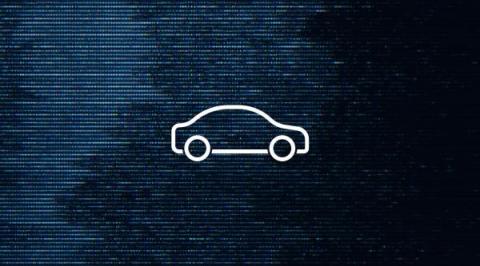Security | Threat Detection | Cyberattacks | DevSecOps | Compliance
Latest News
5 Stages of the Vulnerability Management Process
The threat landscape in IT is ever-evolving, with new risks arising practically daily. Trying to anticipate the next type of threat can feel a little like playing whack-a-mole. Instead, IT teams are focusing on vulnerability management: reducing the opportunities for hackers and other bad actors to find a weakness in cyber defenses. Vulnerability management is an iterative process that allows companies to proactively defend valuable assets, no matter how the threat landscape changes.
The Freedom To Do More With Cloud Data
Despite the increase in cloud adoption, many organizations are still hesitant to move their confidential and highly sensitive data to the cloud. It’s not uncommon for companies to have concerns about being able to maintain the privacy, integrity, and security of their data when they migrate to the cloud or leverage cloud services. This is especially true for organizations that operate in highly regulated industries, such as healthcare, financial services, insurance, and the public sector.
Increase Internet Security While Browsing Online With Proper Antivirus - Top 3 Picks
Exploring the differences between symmetric and asymmetric Encryption
Data encryption goes back to ancient civilisations that used forms of message concealment, in peace as well as in wartime. The Egyptians used Disordered Hieroglyphics, the Greeks Steganography, the Spartans Scytale and the Romans, the Caesar Shift Cypher. While these basic methods laid the foundations for modern cryptography, what has evolved are two fundamental approaches based on complex mathematics: symmetric and asymmetric encryption.
Disk vs file encryption - which is better at Data breach prevention?
Data encryption is a bit like insurance - we all know we need it (a necessary evil you might say), but it’s difficult to decide what we need to protect, and with an increasing amount of options out there, it’s a mission in itself to find the right provider. That’s probably why when we take out insurance we tend to only get coverage when we feel it’s absolutely necessary – for example, for our property, our cars and when we travel.
How to Keep Your Data Secure as a Digital Nomad
Now that remote work has become the norm, employees are taking advantage of this opportunity to travel the globe and work from anywhere in the world—as long as it’s within company policy. With the rise of digital nomads, it is important that you know how to keep yourself safe from cyberattacks when working remotely from city to city. This blog will help you understand what you need to do to secure your data as a digital nomad.
SaaS Data Loss Prevention: What is it and Why is it Important?
With the rise of cloud-based applications, data loss prevention (DLP) has become an increasingly important part of information security. DLP refers to the policies and technologies used to prevent sensitive data from being lost or stolen. In the context of SaaS, this can include both the security measures implemented by the SaaS provider and the steps taken by the customer to protect their data.
Five Steps Towards Building a Better Data Security Strategy
In the past when organizations had a new security need, they would meet that need by purchasing a new security product. But that approach is how we ended up with an average of 76 security tools per enterprise, according to a 2021 survey from Panaseer. You may have a lot of tools, but that doesn’t mean your information is protected.




